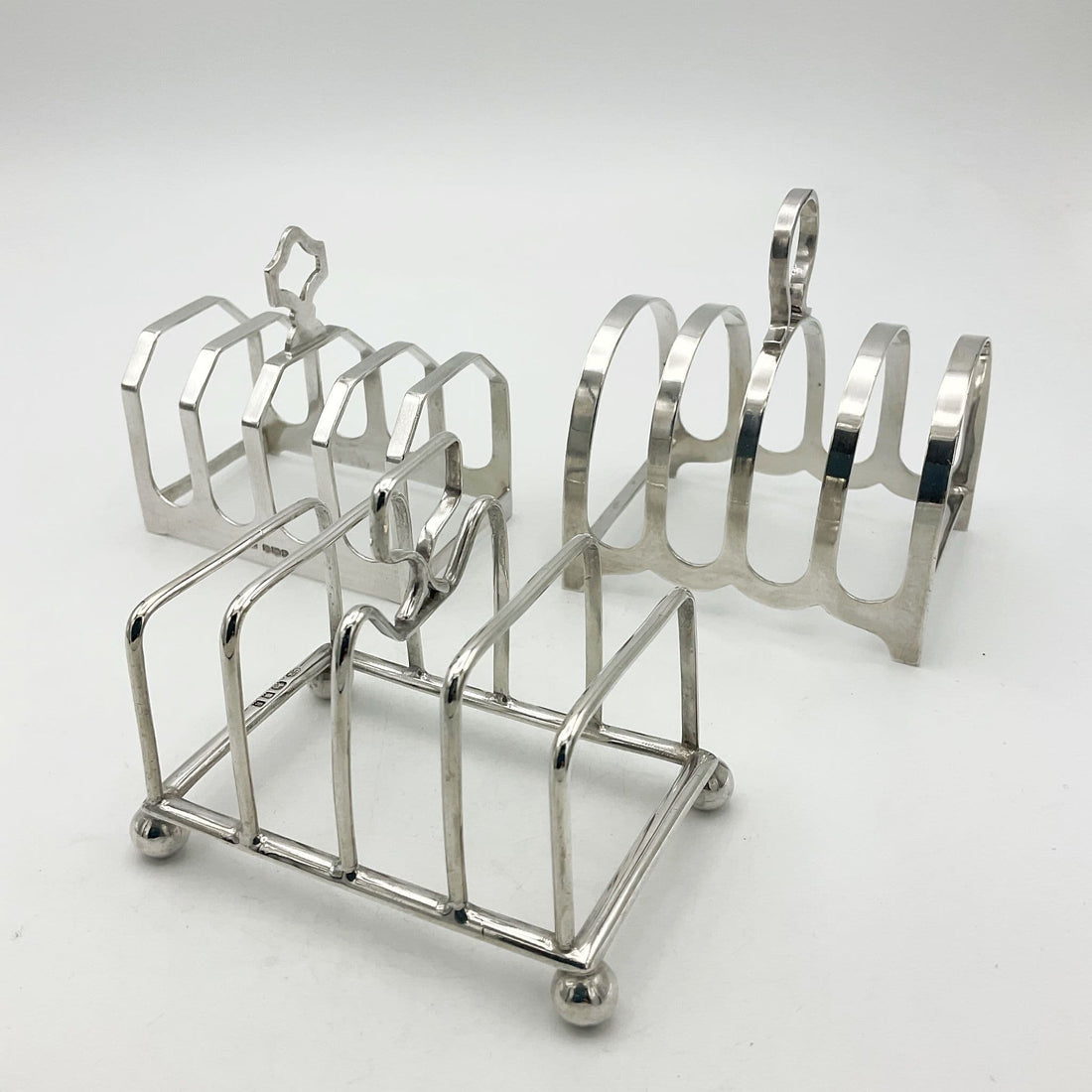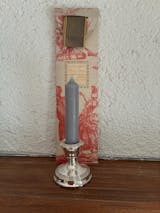
A Short History of the Antique Small Silver Toast Racks
The history of the small silver toast rack can be dated to the late 19th century when they became a popular dining accessory in Victorian England. During this time the concept of the "English breakfast" was taking hold and toast was a staple of this meal. As a result, toast racks were developed to keep the toast warm and crisp at the breakfast table.
At first toast racks were made of various materials such as ceramic, glass and brass. However, silver soon became the material of choice as it was seen as a luxury item that could be used to showcase one's wealth and social status. They were often decorative featuring intricate designs and elaborate handles, and their small size made them easy to display on a sideboard or table.
A Victorian breakfast often considered a main meal, setting the family up for the day. Toast was a side dish to a cooked breakfast of bacon and eggs, kippers and porridge, and was usually served with butter, jam or marmalade.
Four slice silver toast racks were typically small because it was not common for people to eat more than one or two slices of toast at a meal. Additionally, during the time period when these toast racks were popular in the Victorian and Edwardian era, dining rooms were typically smaller and more formal with less space for large or bulky tableware.
In Edwardian England, toast was typically cut into small, rectangular slices that were about 5 to 6.5 cm (2 to 2.5 inches ) long and 2.5 cm (1 inch) wide. The slices were generally thin, ranging from 0.3 to 0.6 cm (1/8 to 1/4 of an inch) thick.
The size of the toast was influenced by the technology of the era which included the invention of the electric toaster. Electric toasters were first introduced in the early 1900s and quickly became popular as they allowed for quick and easy toasting of bread slices.
Overall the small size of toast racks in Edwardian England reflected the technology and dining habits of the time period. However, larger slices of toast were also available for those who preferred a heartier breakfast or who did not have access to an electric toaster.
Over time, the popularity of silver toast racks declined as new breakfast trends emerged and dining habits changed. However, they remain highly sought after by collectors and are considered valuable examples of antique and vintage silverware from the late 19th and early 20th Century.









